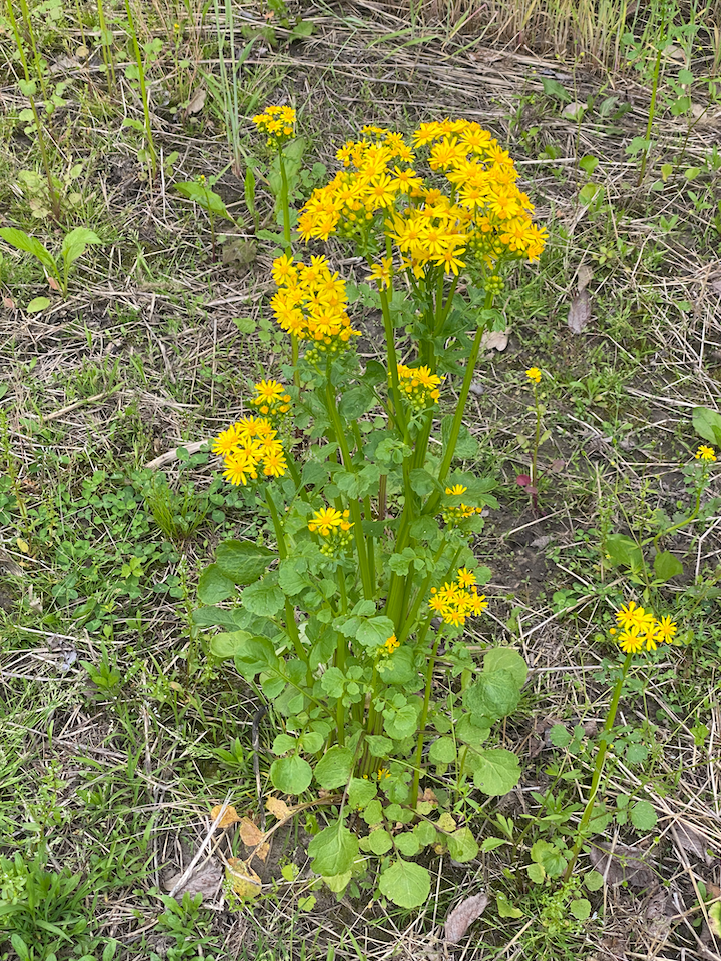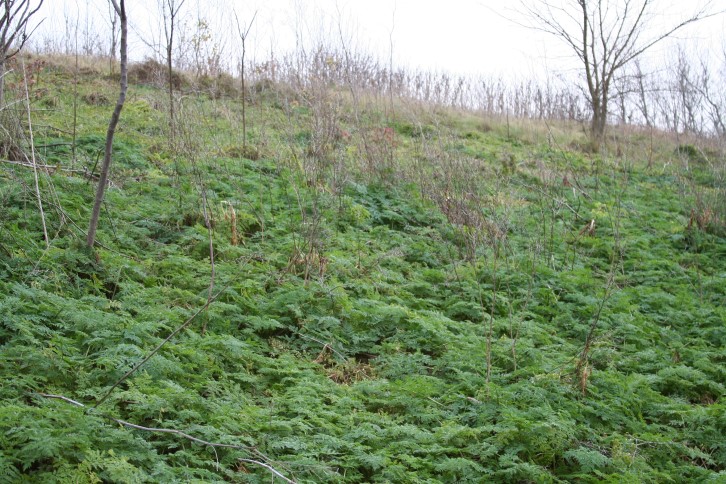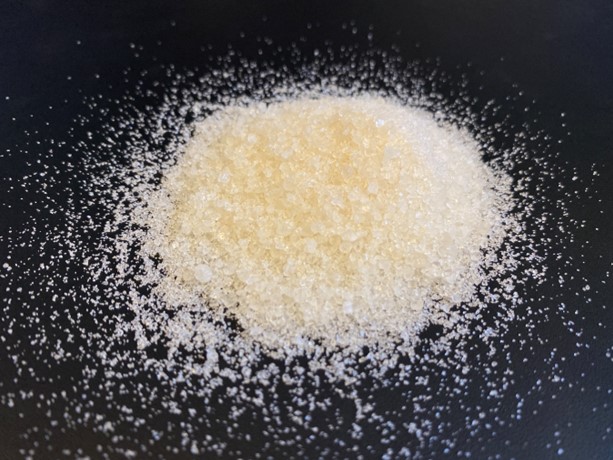
The presence of poison hemlock (Conium maculatum L.) in pastures, fencelines, and field edges (Figure 1) is a frequent concern in many parts of Indiana.


The presence of poison hemlock (Conium maculatum L.) in pastures, fencelines, and field edges (Figure 1) is a frequent concern in many parts of Indiana.
Recent wet, rainy weather has created some weed management challenges for Indiana growers. In this article we will hit on a few key points to consider based on current challenges. Delayed weed control in corn. Indiana corn growers rely heavily on premixes in corn that contain some combination of group 15 herbicides (metolachlor, acetochlor, pyroxasulfone), atrazine, mesotrione (Callisto), clopyralid (Stinger), and bicyclopyrone. Rain will not have completely washed all of the herbicide away, but may have compromised overall activity. Scout fields as soon as possible to determine if weeds are escaping. Obviously giant ragweed is a big concern, but wet conditions and dilution of atrazine can result in failures to control velvetleaf, burcucumber, morningglories, waterhemp, cocklebur and others. If corn is less than 12 inches tall and you haven’t used all of the atrazine allowed by the label, it would be wise to add atrazine to the other postemergence herbicides[Read More…]

Pre-harvest herbicide applications may be needed in wheat fields that have a lot of weed growth due to the recent wet weather patterns. These herbicide applications address several issues such as harvest difficulties, dockage problems, weed seed production, and soil water depletion. Although it may not be possible to recover lost yield potential due to weed interference, a pre-harvest treatment can go a long way toward reducing weed problems in future years by preventing the production and spread of weed seed. Herbicides labeled for use as harvest aids in wheat are listed in Table 1. There are differences in how quickly they act to control target weeds, the interval requirement between application and grain harvest, and the level or length of control achieved. All of these herbicide treatments will require thorough spray coverage to be most effective and can be used once wheat reaches the hard dough stage, which is[Read More…]
Fieldwork has progressed slowly in the past week due to cool air and soil temperatures.

Every spring we receive several calls and e-mails about a certain 3-foot tall weed with yellow flowers (Figure 1).

The presence of poison hemlock (Conium maculatum L.) in pastures, fencelines, and field edges (Figure 1) is a frequent concern in many parts of Indiana during the Spring.

In the Spring, growers may experience challenges when controlling winter annuals weeds or terminating cover crops with glyphosate-based burndown herbicide programs, specifically when glyphosate is sprayed in cool, cloudy weather conditions or tank mixed with residual herbicides, ATS, or synthetic auxins (issue mostly for grasses).

The warmer temperatures experienced in Indiana over the past few weeks and the forecast for warmer temperatures moving forward will allow winter wheat fields in Indiana to green up and resume growth.

One of the topics that we get many questions about is picking a residual herbicide for soybean production that helps with waterhemp control.

During this time of year, many growers are making decisions about purchasing inputs for the next growing season.
© 2026 Purdue University | An equal access/equal opportunity university | Copyright Complaints | Maintained by Pest&Crop newsletter
If you have trouble accessing this page because of a disability, please contact Pest&Crop newsletter at luck@purdue.edu.